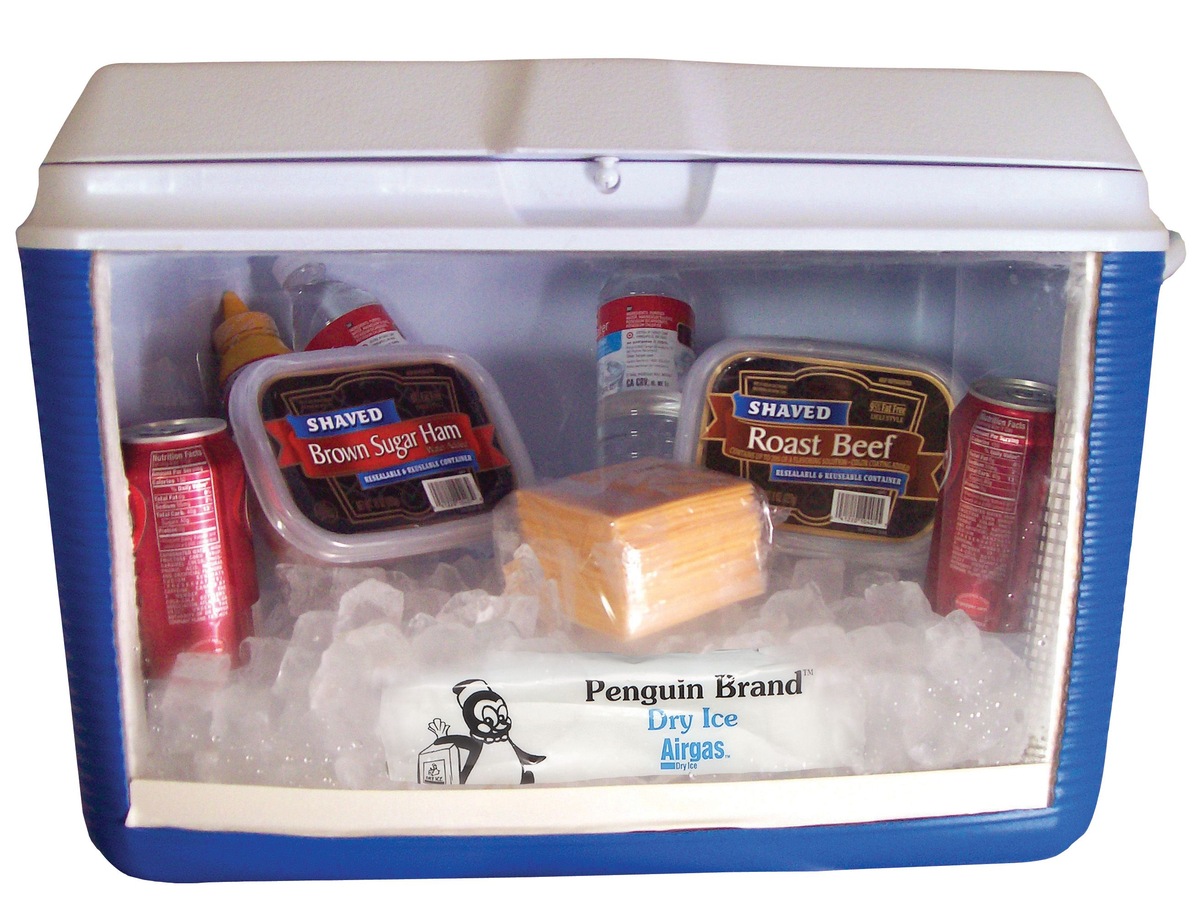

Articles
How To Store Dry Ice In Cooler
Modified: April 22, 2024
Learn the best techniques for storing dry ice in a cooler with these informative articles. Ensure your safety and maximize the life of your dry ice.
(Many of the links in this article redirect to a specific reviewed product. Your purchase of these products through affiliate links helps to generate commission for Storables.com, at no extra cost. Learn more)
Introduction
When it comes to storing perishable items or keeping drinks cold during a camping trip or outdoor event, a cooler is an essential piece of equipment. However, if you need to store dry ice in your cooler, there are some important considerations to keep in mind.
Dry ice, which is the solid form of carbon dioxide, offers an incredibly low temperature (-78.5 degrees Celsius or -109.3 degrees Fahrenheit). This makes it ideal for transporting and storing items that require extremely cold temperatures, such as frozen foods or medical supplies. However, since dry ice is not your average ice, it requires unique handling and storage techniques to ensure safety and optimal cooling performance.
To store dry ice in a cooler properly, you need to choose the right cooler, prepare it correctly, and take necessary safety precautions throughout the process. This article will guide you on how to store dry ice in a cooler effectively, ensuring the preservation of your items and the prolonged cooling of your perishables.
Key Takeaways:
- Handle dry ice with caution, using insulated gloves and ensuring proper ventilation to release excess carbon dioxide gas. Choose a high-quality cooler with excellent insulation, airtight seal, and durability for optimal dry ice storage.
- Prioritize safety by following precautions, such as using protective gear, ventilating the cooler, and avoiding airtight containers. Maintain temperature stability and replace sublimated dry ice to maximize cooling effectiveness.
Read more: How To Store Dry Ice In A Cooler
Understanding Dry Ice
Dry ice, also known as “cardice,” is a form of carbon dioxide that exists in a solid state. Unlike traditional ice made from water, dry ice does not melt but rather undergoes a process called sublimation. Sublimation occurs when a solid turns directly into a gas without going through a liquid phase.
One of the key properties of dry ice is its extremely cold temperature. It reaches a staggering -78.5 degrees Celsius (-109.3 degrees Fahrenheit). This makes it useful for a variety of purposes, including food storage, shipping, medical applications, and even stage effects.
When handling dry ice, it’s crucial to remember that it can cause frostbite if it comes into direct contact with the skin. Always use insulated gloves or tongs to handle dry ice and ensure that there is proper ventilation when storing it in an enclosed space.
Due to its sublimation process, dry ice creates a gas known as carbon dioxide. Exposure to high levels of carbon dioxide gas can be hazardous, so it’s crucial to ensure proper ventilation when storing dry ice in a cooler. This ensures the release of any excess gas and prevents the risk of asphyxiation.
Understanding the unique properties of dry ice will help you effectively handle and store it in your cooler, ensuring the safe transportation and preservation of your items.
Choosing the Right Cooler
When it comes to storing dry ice in a cooler, selecting the right cooler is crucial for maintaining the optimal temperature and ensuring the longevity of your dry ice. Here are a few factors to consider when choosing a cooler for storing dry ice:
1. Insulation: Look for a cooler that offers excellent insulation to minimize temperature fluctuations. Opt for coolers made from materials such as thick foam or rotomolded plastic, as they provide better insulation properties than regular plastic coolers.
2. Size: Consider the size of the cooler based on your storage needs. It’s important to have enough space to accommodate both the dry ice and the items you plan to store alongside it. Choose a cooler that provides ample space while still maintaining proper temperature control.
3. Airtight Seal: Ensure that the cooler you choose has a strong and airtight seal. This prevents the leakage of carbon dioxide gas and helps maintain the desired temperature inside the cooler. Look for coolers with durable latches or rubber gaskets to ensure a tight seal.
4. Durability: Select a cooler that is sturdy and durable, as it may need to withstand rough handling or outdoor conditions. Look for features such as reinforced corners or strong hinges to ensure the longevity of your cooler.
5. Portability: If you plan on transporting the cooler frequently, consider the portability of the cooler. Look for features such as comfortable handles, wheels, or straps that make it easier to carry or move the cooler around.
Taking these factors into account will help you choose the right cooler for storing dry ice. Remember, investing in a high-quality cooler is essential for maintaining the desired temperature and preserving the integrity of your perishable items.
Preparing the Cooler
Before storing dry ice in a cooler, it’s important to properly prepare the cooler to ensure optimal cooling performance and safety. Here are the steps to follow when preparing your cooler for dry ice storage:
- Clean the Cooler: Start by cleaning the cooler thoroughly. Empty any remaining ice or water, and wipe down the interior with mild soap and warm water. Rinse it thoroughly and let it dry completely before proceeding.
- Insulate the Cooler: To enhance the insulation of the cooler, consider adding an extra layer of insulation. You can use towels, blankets, or foam sheets to line the interior of the cooler. This additional insulation helps maintain the low temperature and prolong the lifespan of the dry ice.
- Pre-Chill the Cooler: To maximize the effectiveness of the dry ice, it’s beneficial to pre-chill the cooler. You can do this by placing a few ice packs or frozen water bottles in the empty cooler and closing the lid for a couple of hours. This helps lower the initial temperature inside the cooler before adding the dry ice.
- Handle with Caution: When handling dry ice, always remember to use insulated gloves or tongs to avoid direct contact with your skin. This is crucial as dry ice can cause frostbite or burns. Never handle dry ice with bare hands.
- Ensure Ventilation: It’s important to provide adequate ventilation when storing dry ice. Avoid completely sealing the cooler and make sure there is a slight opening or vent to allow the release of any excess gas. This prevents the buildup of pressure inside the cooler and ensures proper carbon dioxide gas dispersion.
By following these preparation steps, you’ll create an ideal environment for storing dry ice in your cooler. This promotes efficient cooling and minimizes the risk of accidents or damage.
When storing dry ice in a cooler, make sure to use thick gloves to handle it and never seal the cooler completely to allow for the release of carbon dioxide gas. Also, place the cooler in a well-ventilated area to prevent a build-up of gas.
Storing Dry Ice in the Cooler
Once you have prepared your cooler, it’s time to store the dry ice properly. Here are the steps to follow when storing dry ice in your cooler:
- Place the Dry Ice on Top: Start by placing the dry ice on top of the pre-chilled and insulated cooler. This ensures that the cold air from the dry ice can easily circulate downwards and keep the contents of the cooler cold.
- Create a Barrier: To prevent direct contact between the dry ice and your perishable items, create a barrier between them. You can use a layer of cardboard, an empty container, or even a piece of Styrofoam to separate the dry ice from the items you’re storing.
- Organize the Items: Arrange the items you want to store in the cooler on top of the barrier, ensuring proper spacing between them. This allows the cold air to circulate around each item and maintain an even temperature throughout.
- Close the Lid Securely: Once all the items are in place, close the lid of the cooler tightly. Ensure that there are no gaps or openings that could let the cold air escape. The proper sealing of the lid helps maintain the low temperature inside the cooler and extend the lifespan of the dry ice.
It’s important to note that dry ice has a relatively short lifespan compared to regular ice. It tends to sublimate quickly, depending on the amount and quality of the dry ice, as well as the insulation of the cooler. Therefore, it’s recommended to use dry ice for short-term storage or transportation rather than long-term preservation.
Remember to check the dry ice periodically and replace it as needed to ensure the proper cooling of your items. Avoid opening the cooler unnecessarily, as this can cause temperature fluctuations and accelerate the sublimation process.
By following these steps, you can effectively store dry ice in your cooler and ensure that your perishable items stay cold for an extended period.
Read more: How To Store Dry Ice
Maintaining the Temperature
Properly maintaining the temperature inside the cooler is essential to ensure the longevity of the dry ice and keep your items cold. Here are some tips to help you maintain the temperature in your cooler:
- Minimize Opening the Cooler: Every time you open the cooler, you allow warm air to enter, which can cause the dry ice to sublimate faster. To minimize temperature fluctuations, avoid opening the cooler unnecessarily. Only open it when necessary to access or add items.
- Keep the Cooler in a Cool Place: Keep the cooler away from direct sunlight or sources of heat. Exposure to heat will accelerate the sublimation process of the dry ice and reduce its lifespan. Store the cooler in a shaded and cool area to maintain a lower temperature inside.
- Use Additional Insulation: If necessary, you can add more insulation to the cooler to improve its temperature retention. Consider using additional blankets or foam sheets to wrap around the cooler or placing it in an insulated bag. Extra insulation can help maintain the desired temperature for a longer period.
- Replace Sublimated Dry Ice: As the dry ice sublimates, it turns into gas and occupies space inside the cooler. To maintain consistent cooling, regularly remove any remaining dry ice that has sublimated and replace it with fresh dry ice. This helps maintain cold temperatures and prevents the accumulation of excess gas.
- Monitor the Temperature: Use a thermometer inside the cooler to monitor the temperature regularly. This will help you ensure that the ideal temperature is maintained and allow you to take appropriate actions if there are any significant changes.
By following these tips, you can keep the temperature inside your cooler stable and maximize the effectiveness of the dry ice. This helps to preserve the coldness of your items and prolong the lifespan of the dry ice.
Safety Precautions
When dealing with dry ice, it’s important to prioritize safety to prevent accidents and ensure the well-being of everyone involved. Here are some safety precautions to keep in mind when storing dry ice in a cooler:
- Use Protective Gear: Always wear insulated gloves or use tongs when handling dry ice. This prevents frostbite and burns that can occur when the extremely cold dry ice comes into direct contact with your skin.
- Ventilate the Cooler: Ensure that there is proper ventilation inside the cooler to release any excess carbon dioxide gas. This prevents the buildup of pressure and reduces the risk of asphyxiation. Avoid sealing the cooler completely to allow the gas to escape.
- Avoid airtight containers: Do not store dry ice in airtight containers, as it can cause the containers to expand or even explode due to the buildup of carbon dioxide gas. Always use coolers that have proper ventilation and can release any excess gas buildup.
- Do Not Ingest Dry Ice: Dry ice should never be ingested, as it can cause serious harm. Keep dry ice away from food or drinks that are meant for consumption.
- Provide Proper Warning: If you are storing dry ice in a shared space or transporting it, clearly label the cooler with a warning sign indicating the presence of dry ice. This alerts others to handle the cooler with caution and avoid any potential accidents.
- Keep Away from Children and Pets: Ensure that dry ice and the cooler are kept out of reach of children and pets. The extreme cold temperature and potential hazards associated with dry ice make it unsuitable for unsupervised access.
- Dispose of Dry Ice Safely: When disposing of dry ice, never place it in a regular garbage bin or down the drain. Allow the dry ice to sublimate in a well-ventilated area or contact your local waste management facility for proper disposal instructions.
By following these safety precautions, you can minimize the potential risks associated with storing dry ice and ensure a safe environment for everyone involved. Remember, safety should always be the top priority when working with dry ice.
Conclusion
Storing dry ice in a cooler requires careful planning, preparation, and adherence to safety guidelines. By understanding the unique properties of dry ice, choosing the right cooler, and properly preparing it, you can create an optimal environment for storing items that require extremely cold temperatures.
Remember to handle dry ice with caution, using insulated gloves or tongs, and ensure proper ventilation to release any excess carbon dioxide gas. Additionally, maintain the temperature inside the cooler by minimizing opening it, keeping it in a cool place, and using additional insulation if needed.
Regularly monitor the temperature inside the cooler and replace any sublimated dry ice to ensure efficient cooling. Lastly, prioritize safety by wearing protective gear, labeling the cooler, and keeping dry ice away from children, pets, and food meant for consumption.
By following these guidelines and taking the necessary precautions, you can safely store dry ice in a cooler, effectively preserving perishable items and keeping them cold during camping trips, outdoor events, or transportation.
Remember, while dry ice provides an excellent cooling solution, it has a relatively short lifespan compared to regular ice. Therefore, consider using dry ice for short-term storage or transportation needs rather than long-term preservation.
With the right knowledge and practices in place, you can harness the power of dry ice to keep your items cold and ensure a successful storage experience with your cooler.
Frequently Asked Questions about How To Store Dry Ice In Cooler
Was this page helpful?
At Storables.com, we guarantee accurate and reliable information. Our content, validated by Expert Board Contributors, is crafted following stringent Editorial Policies. We're committed to providing you with well-researched, expert-backed insights for all your informational needs.
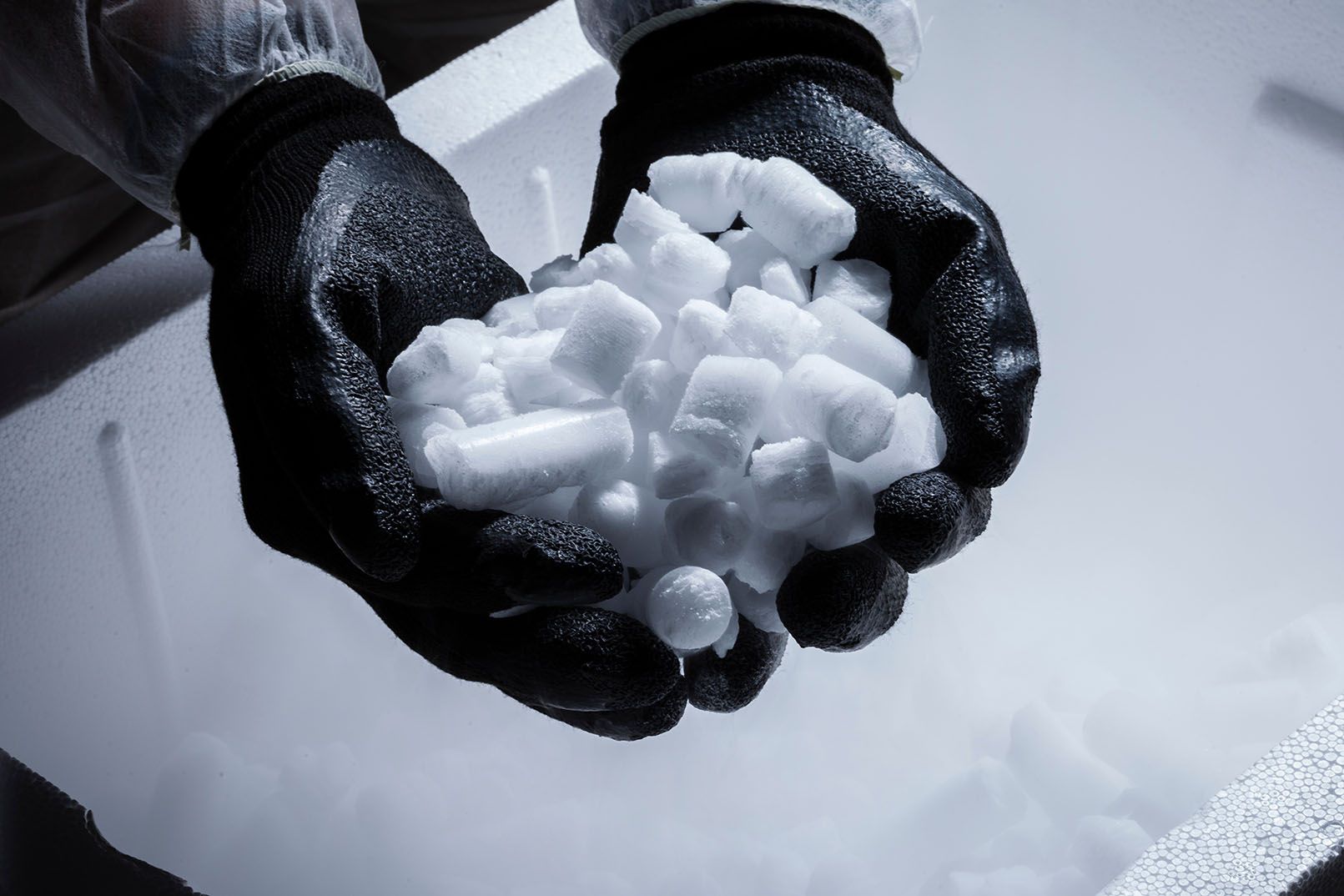
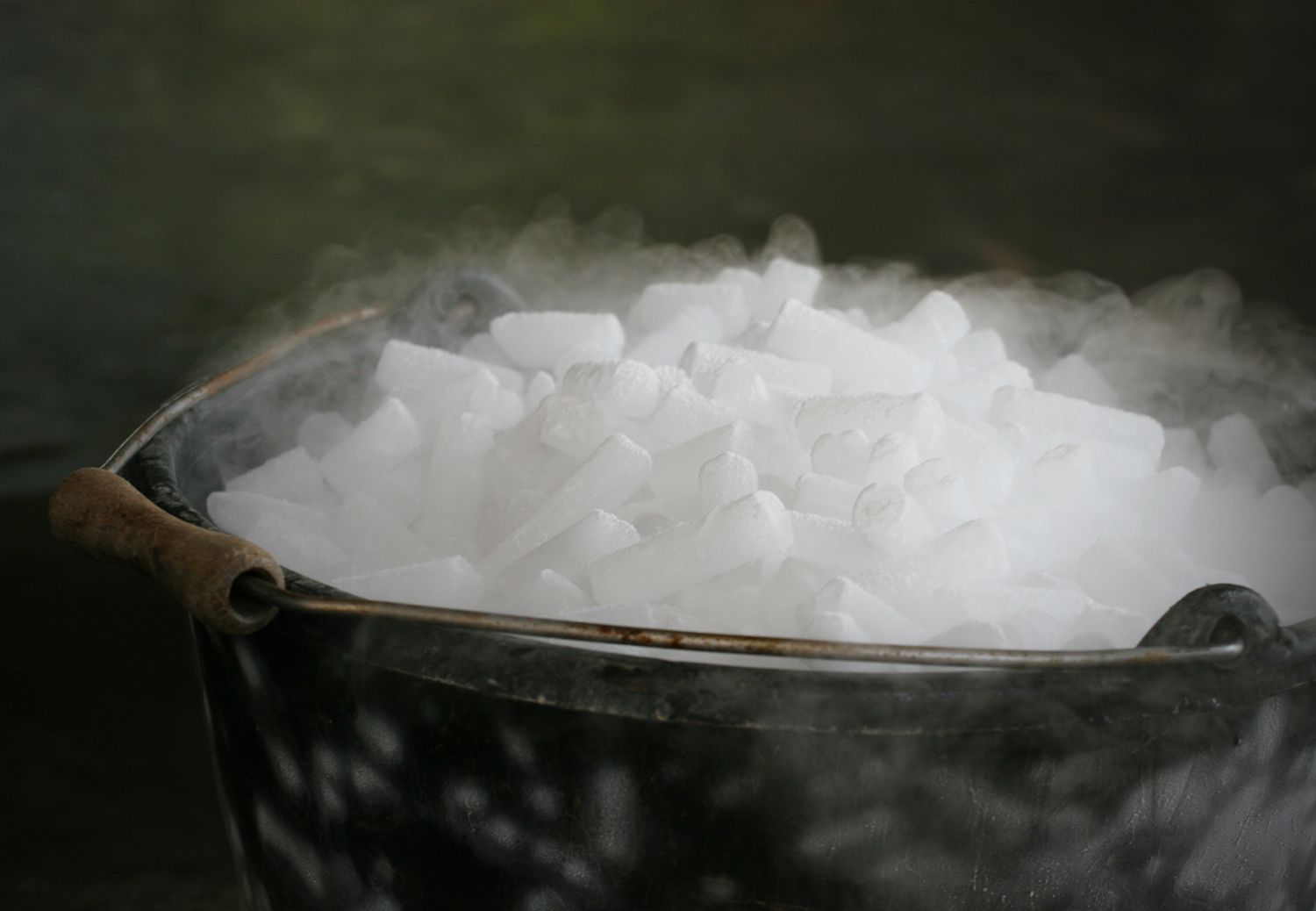
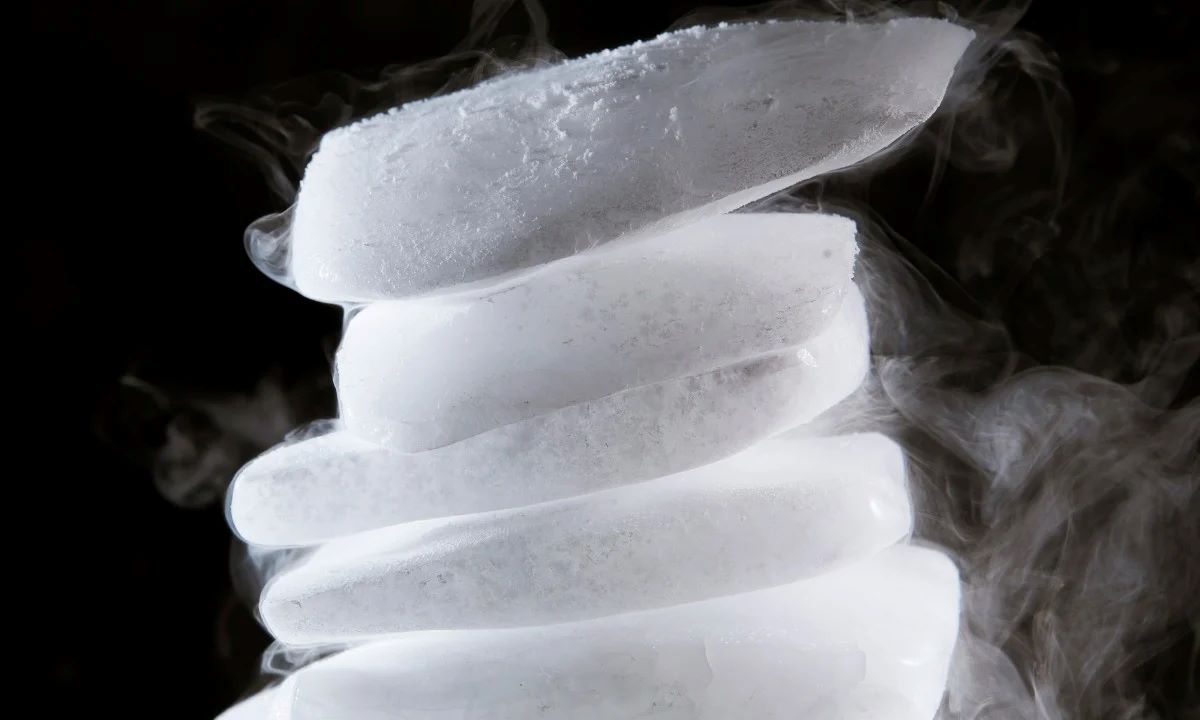
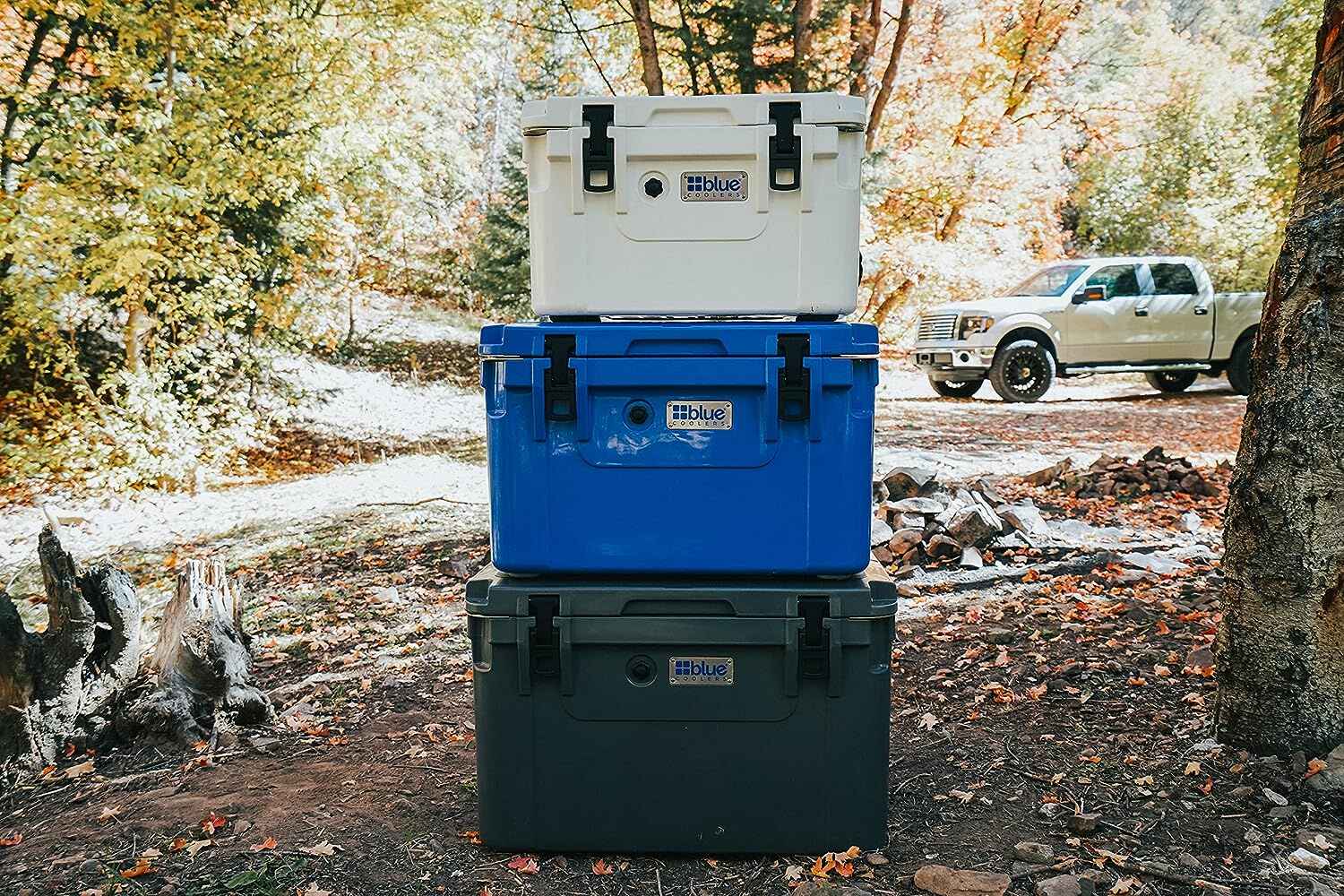




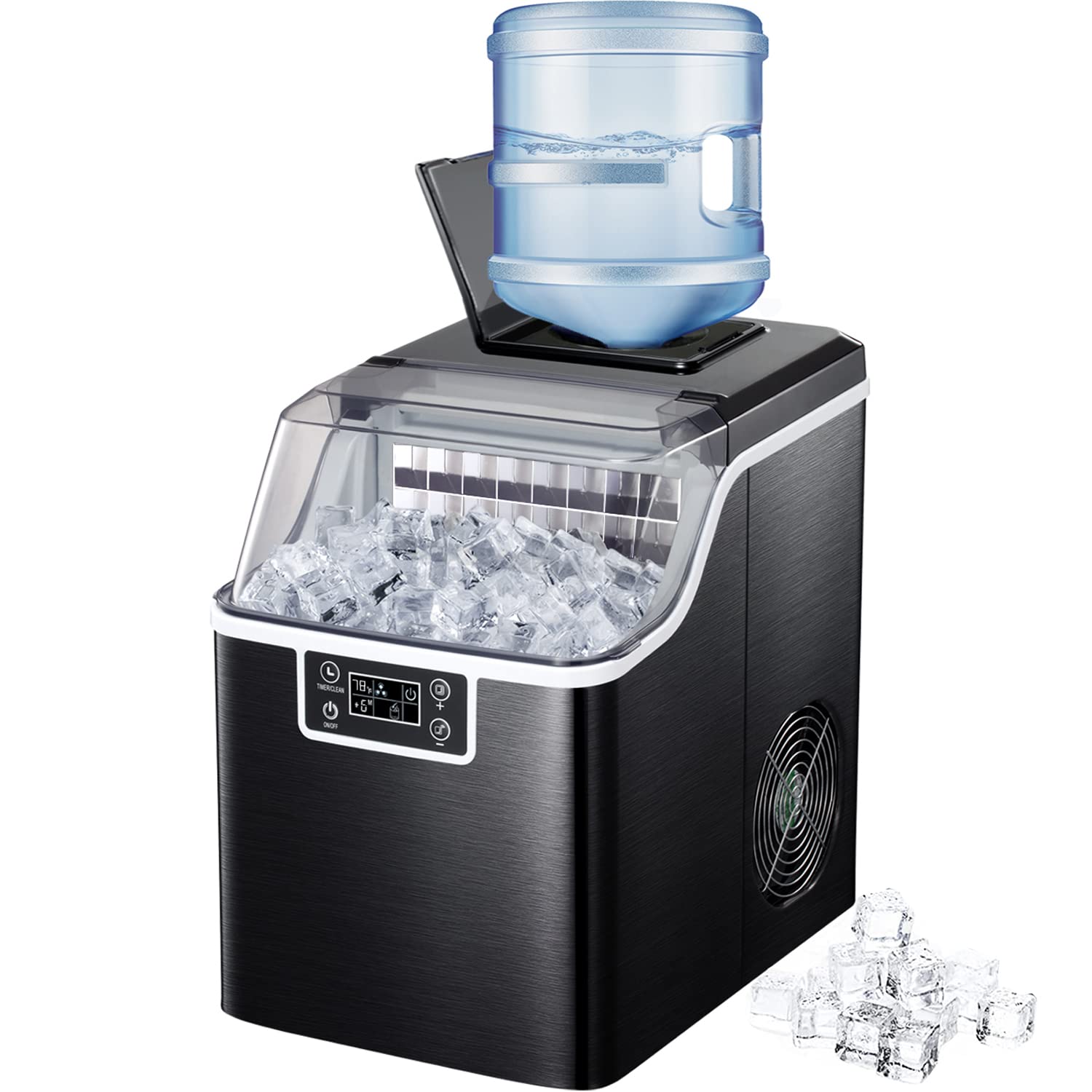
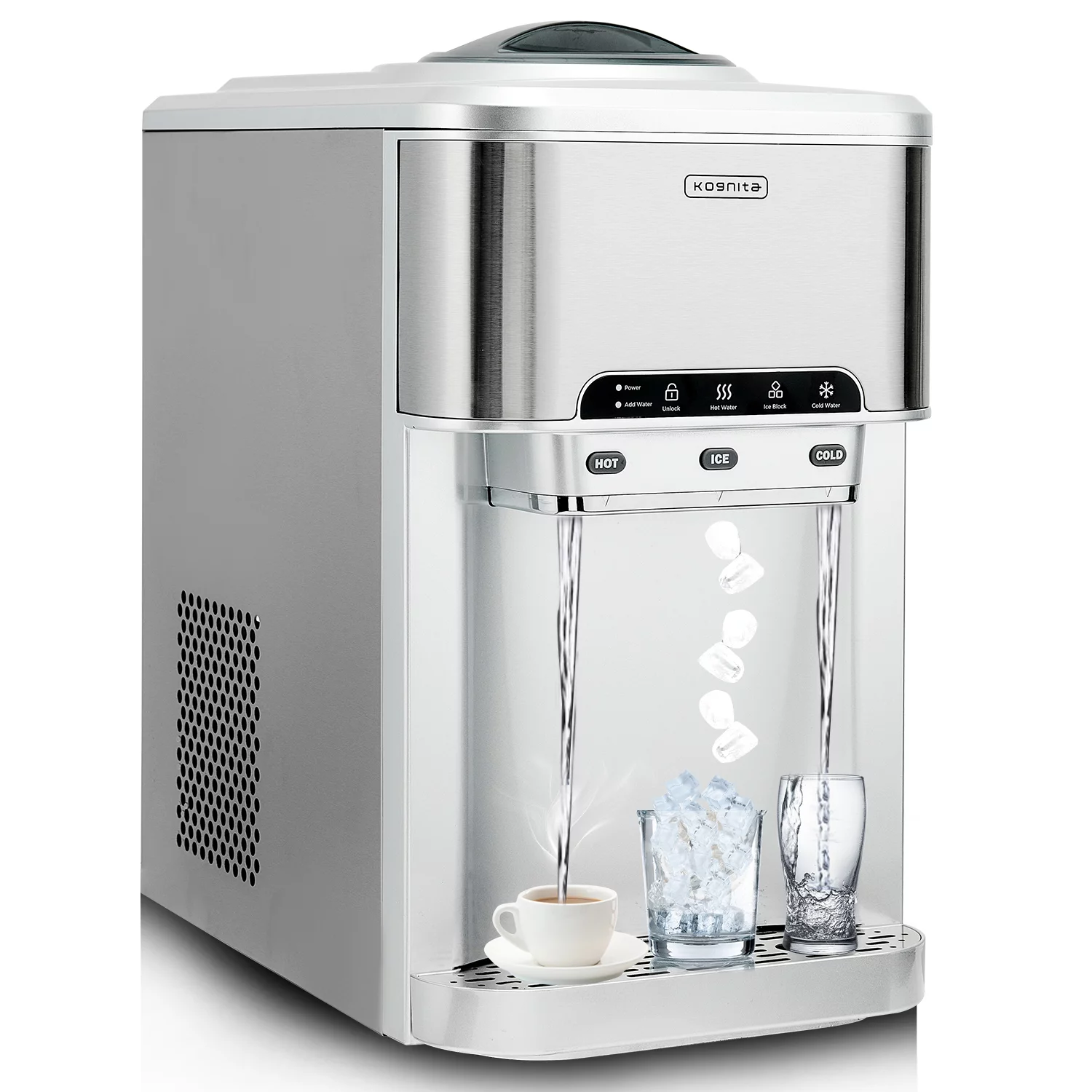
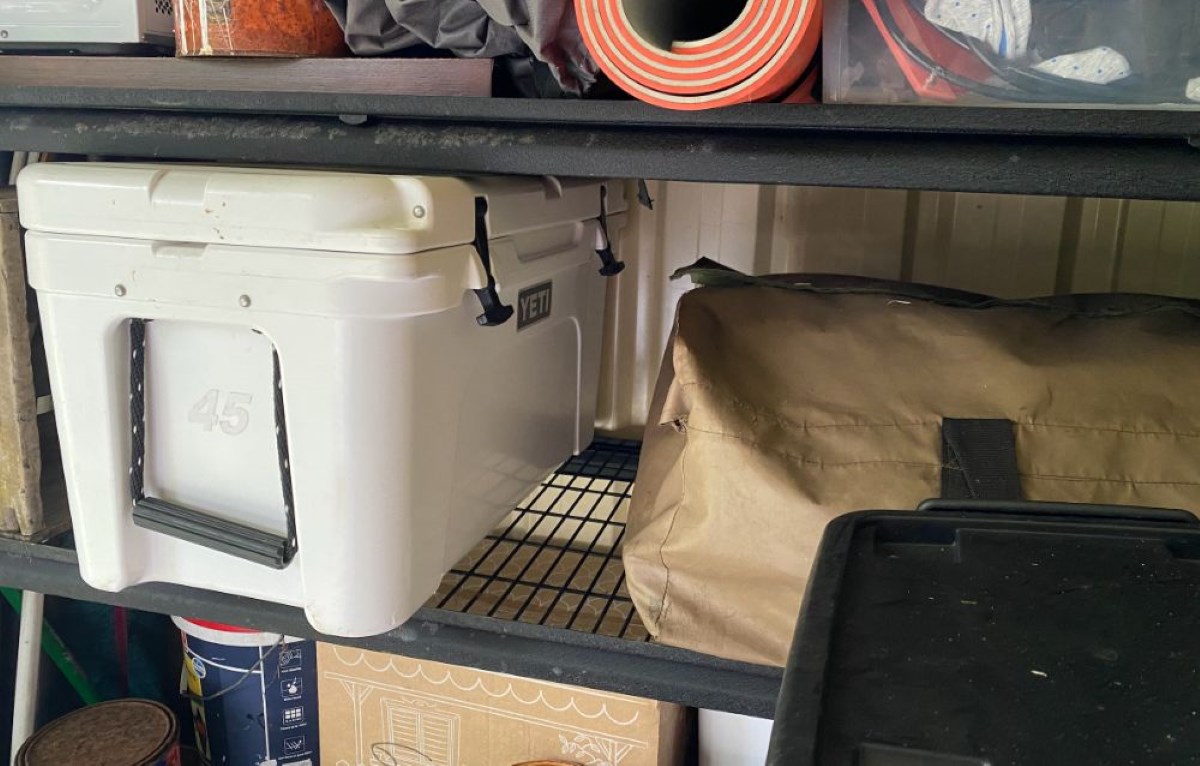
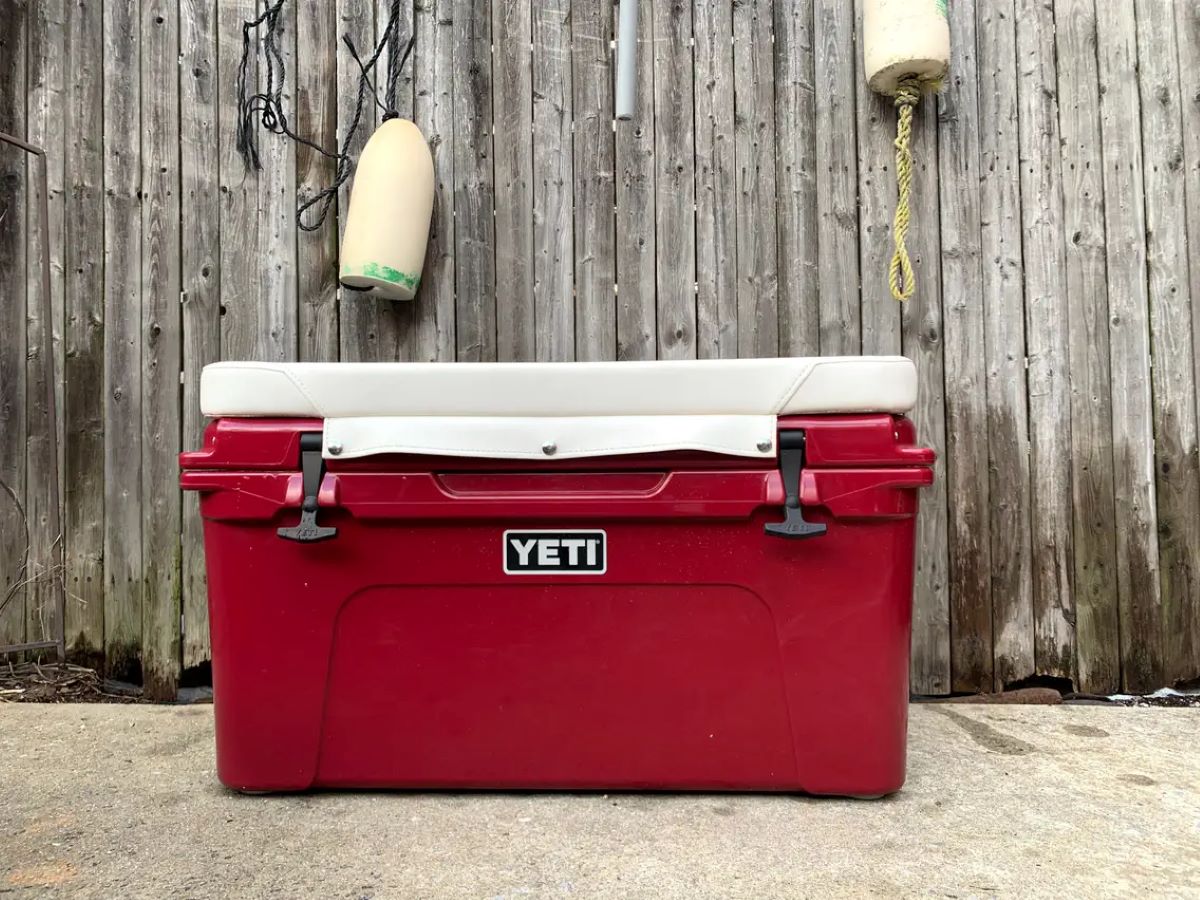



0 thoughts on “How To Store Dry Ice In Cooler”